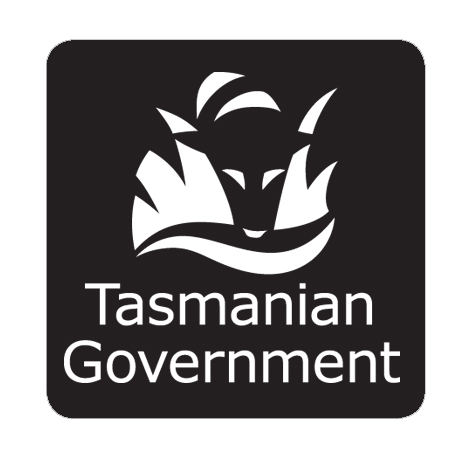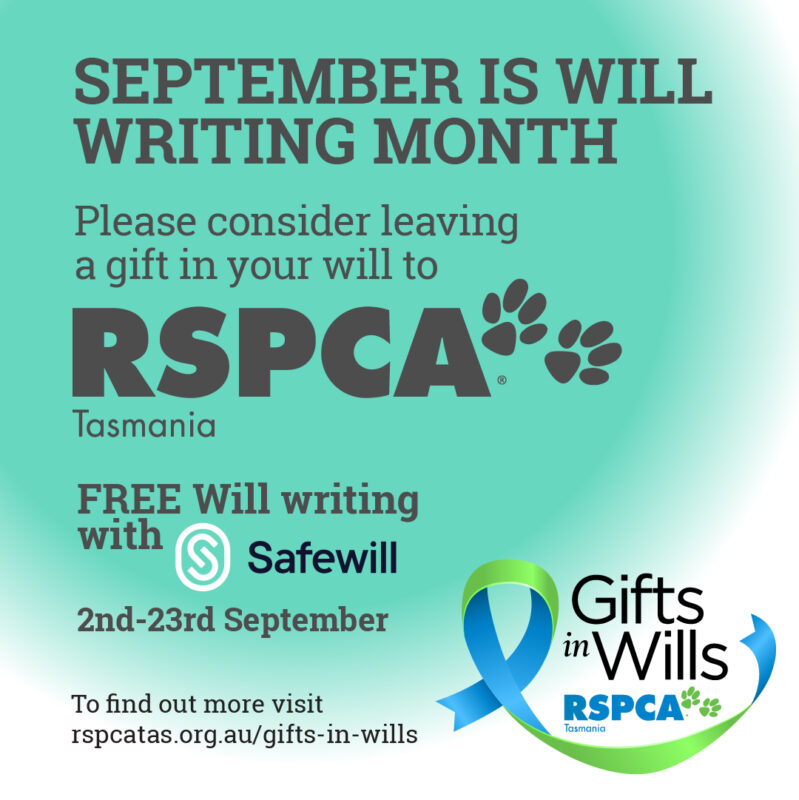Look out for wildlife in National Road Safety Week
| National Road Safety Week might seem to be a bit out of our lane for the RSPCA – but far from it.
Beautiful scenery, lush forests and abundant wildlife are just some of the drawcards bringing in record numbers of tourists to Tasmania. But the roadkill toll is also increasing. So much so, that Tasmania is earning the reputation as the ‘roadkill capital of the world’. A three-year citizen science data trial estimated that, on average, around 32 animals die every hour on Tasmania’s roads — that’s more than one defenceless animal killed every two minutes. Jan Davis, RSPCA Chief Advocate, says Tasmanians needed to move on from the idea that roadkill is just a normal part of life. “On one hand, it means we’ve got a fabulous amount of wildlife in our landscape – and that’s a real positive – but it also signals that we’ve got hotspots where wildlife and cars interact,” she said. We have to decide whether we want the wildlife that Tasmania is famous for, or whether we just want to drive as though there are no animals about. “If people understand the reasons why so many animals are being injured and killed on our roads, they can change their own behaviour to minimise the risk of harming animals. The simple facts are that, if we just make some very small changes, we could see roadkill in Tasmania halved.” You can help by being aware of your surroundings. In dry times, the little bit of rain we do get will run off straight to the side of the road. That’s where the green grass is, so that’s going to attract animals. Don’t throw your apple core or other food scraps out the car window because that draws more animals to the roadsides. Roads form pathways for animals and provide water sources. Many native animals (like the Tasmanian devil) travel hundreds of kilometres in the space of a month. They have to cross roads to get where they’re going, whether that’s to find water or food – and that increases the risk of death or injury. Road speeds and road conditions also contribute to the huge animal road toll. Studies have shown that a 20% reduction in speed is estimated to reduce roadkill by about 50%. “If you see roadkill, there’s no better indicator that there’s a risk of running over an animal. So slow down from dusk to dawn,” Ms Davis said. It is not only the animals that are at risk, though. The reaction of drivers unfamiliar with so many animals on roads also raises safety issues. National research shows that 5.5% of all serious crashes involved people hitting or swerving to avoid wildlife. Anecdotally, there are indications that the situation is worse in Tasmania. Having people who are attuned to the driving conditions which suit Tasmania’s roads will not only reduce the number of animals killed on our roads, but it will also improve road safety and outcomes for all motorists. Downloading the Tasmanian Roadkill Reporter app can also help reduce wildlife detahs. This app makes it easy to report roadkill and to collect roadkill data and map roadkill hotspots in Tasmania. |
How you can help:
|
MEDIA CONTACT
Jan Davis, Chief Advocate – RSPCA Tasmania
Mobile: 0409 004 228
Email: jdavis@rspcatas.org.au
























